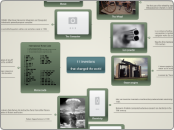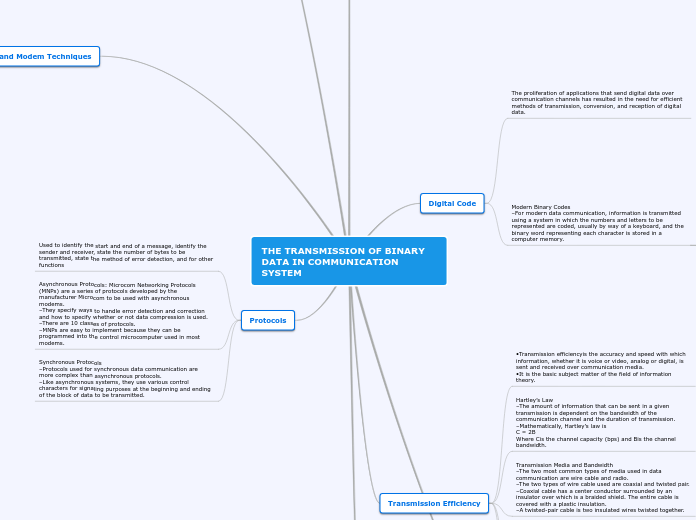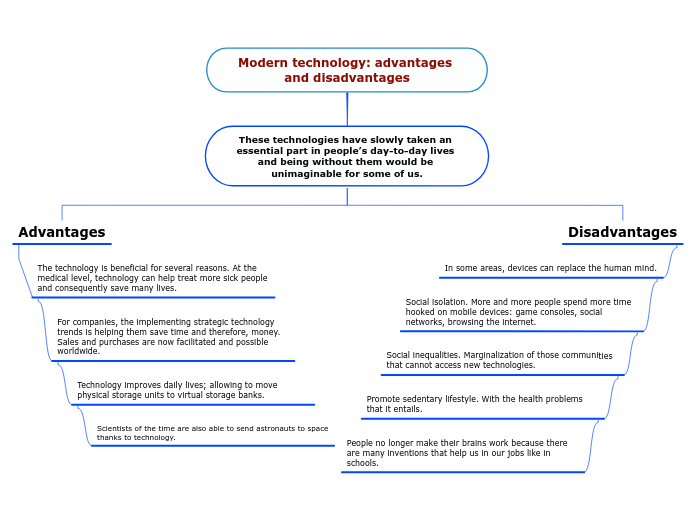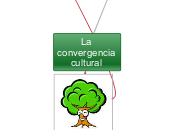por Daniel Sima 11 anos atrás
93978
11 inventions that changed the world
Throughout history, several inventions have significantly transformed the world. The steam engine, created by Thomas Savery in 1698, revolutionized mechanical work by utilizing steam as its primary force.









